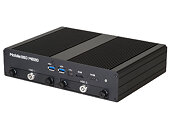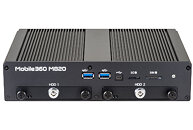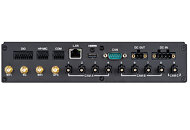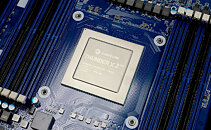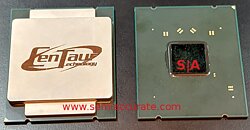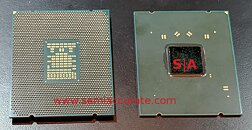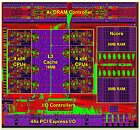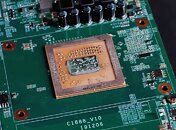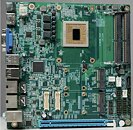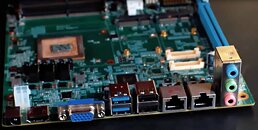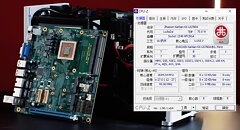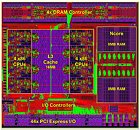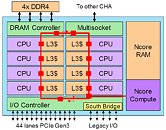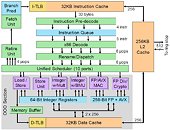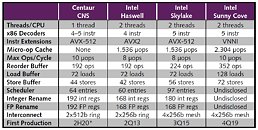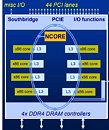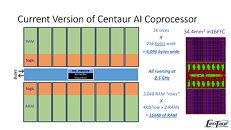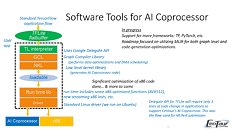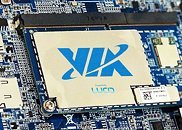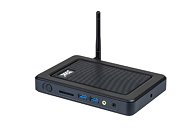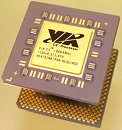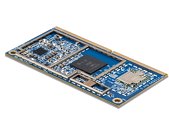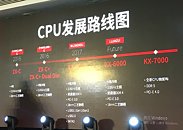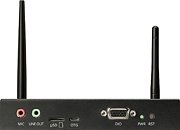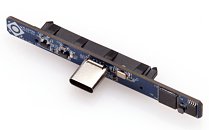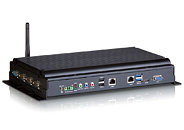
VIA Labs Announces Immediate Availability of USB-IF Certified USB-PD 3.1 EPR Silicon
VIA Labs, Inc. (VLI), a leading supplier of USB4, SuperSpeed USB, and USB Power Delivery Controllers, today announced that the VL108 USB PD 3.1 and DP Alt-mode controller achieved USB-IF certification for USB Power Delivery 3.1 with support for Extended Power Range (EPR). VIA Lab's VL108 is now listed on the USB-IF Integrator's List under TID: 9064.
With the release of the USB Power Delivery 3.1 specification's EPR functionality, the maximum charging rate of USB Type-C was increased from 100 W to 240 W. Previously, the 100 W limit was sufficient for smaller laptops, but higher-powered 15" or larger models with discrete graphics cards often relied on proprietary charging schemes. As certified USB Power Delivery 3.1 silicon with support for EPR becomes available, many vendors are preparing to launch products featuring the new charging modes by the end of the year.
With the release of the USB Power Delivery 3.1 specification's EPR functionality, the maximum charging rate of USB Type-C was increased from 100 W to 240 W. Previously, the 100 W limit was sufficient for smaller laptops, but higher-powered 15" or larger models with discrete graphics cards often relied on proprietary charging schemes. As certified USB Power Delivery 3.1 silicon with support for EPR becomes available, many vendors are preparing to launch products featuring the new charging modes by the end of the year.













